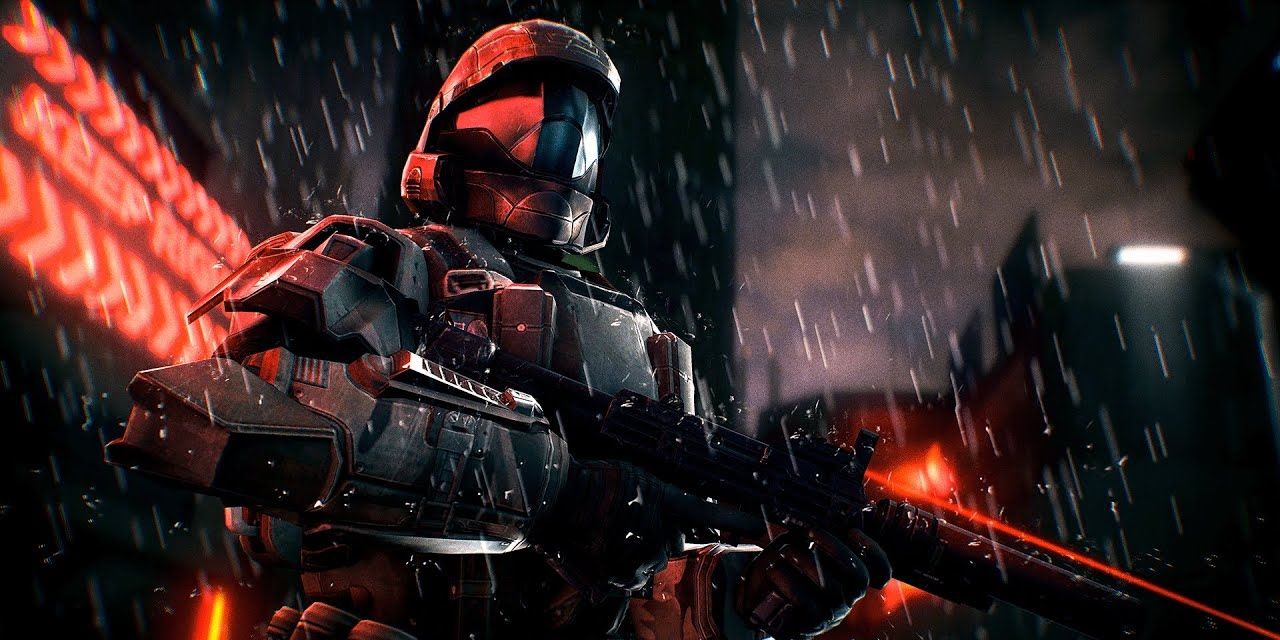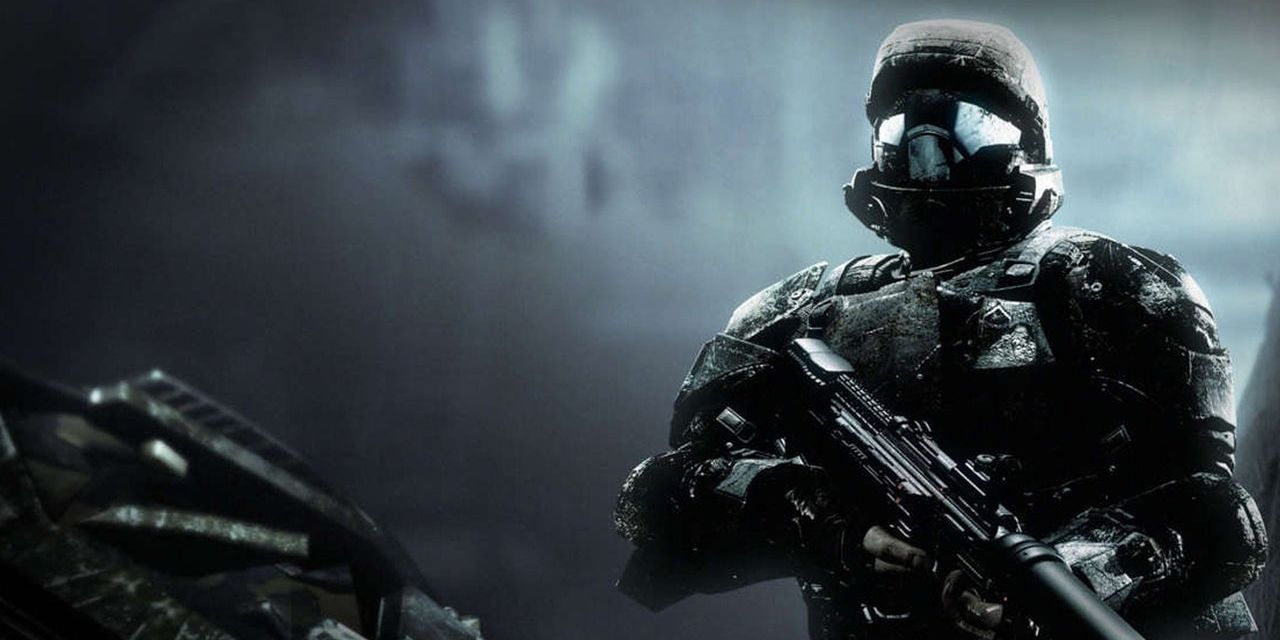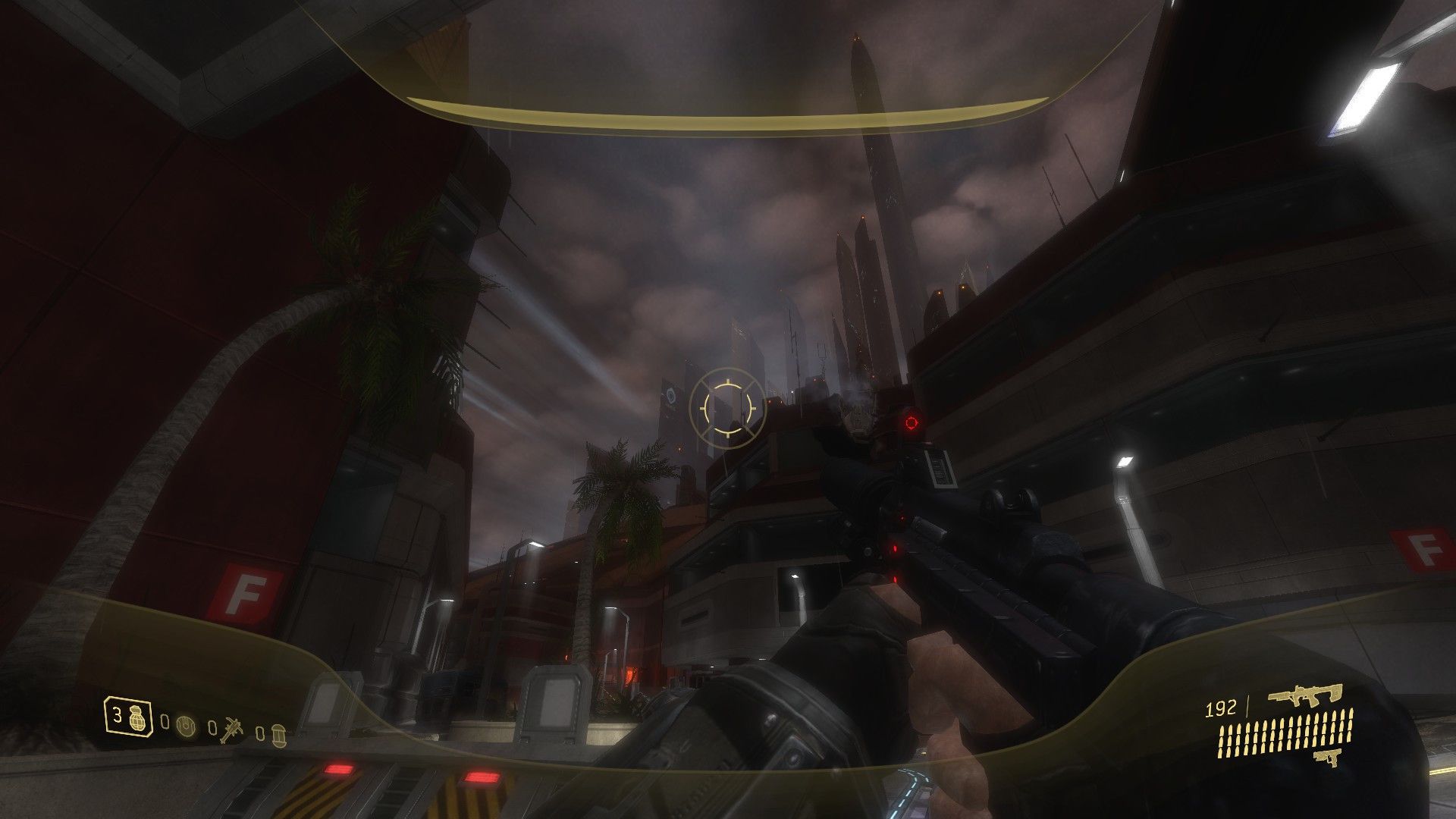After some considerable time, Halo ODST has finally made it into the Master Chief Collection. ODST is the fifth addition to the collection, and like the other installments, brings back fond memories for those who've previously played it. ODST is so memorable in part because it deviates from what players expect from a typical Halo experience.
In the other Halo games, players take control of a super solider who was more than capable of handling the absolute worst space had to offer. In ODST, players control a ground-pounding, backpack-humping marine. And while Orbital Drop Shock Troopers are not your average marine, it was still a shock to discover the lack of motion trackers and regenerating shields. Other differences included open-world exploration instead of linear levels and a lack of duel-wielding.
However, what really sets ODST apart from other games in the franchise is the music. In the mainline Halo games, the music is grand and loud, driving home the feeling of being the last symbol of hope. It is epic, in the full sense of the word, telling the tale of a lone warrior facing off against an armada and coming through no worse for wear. While the composer could've done something similar with ODST, it wouldn't have made any sense in the context of the game.
Halo ODST takes place in between Halo 2 and Halo 3, more specifically occurring after the Prophet of Regret makes a slipspace jump in the middle of New Mombasa. Due to the aftershock of the jump, a squad of ODSTs are separated from each other, and players find themselves alone in a wrecked and hostile city filled with Covenant. Players spend most of the time looking through the visor of the "Rookie," who must find clues to determine what happened to his squad.
ODST's music and sound design is geared towards a more "intimate and personal" level according to composer Martin O' Donnell. Instead of triumphant trumpets and horns, the score is full of solo saxophones, gentle pianos and foreboding drum beats. This shift in instruments does a lot to reflect the mood ODST portrays. The subdued and quieter music helps enforce the feeling that players are alone, extremely vulnerable and essentially fighting for their lives. When players get into firefights, the music isn't blaring and encouraging them to go in guns blazing. Instead, the saxophone siren and piano notes warn the player that they are not the danger here. The Covenant, the ones who've wiped out billions of humans and countless planets, is the danger.
Additionally, ODST's music successfully served to set a noir tone to the game. "Noir" is a term typically applied in cinema, to describe a film possessed by a spirit of pessimism, fatalism and menace. Noir films are also usually associated with a "hard-boiled" detective or the like. This theme was perfect for ODST, as players are in the shoes of a normal human marine who would just be another afterthought to the Covenant forces. Death is always a close companion, as the player isn't protected by advanced armor or super-human strength and must worry about which fights to engage in, as each very well could be their last.
In the context of the game, the Rookie plays the role of a pseudo-detective as he pieces together the events that led to the current predicament. ODST is already unique within the series, and its music really helps it stand out from other Halo games. Each piece establishes the atmosphere for the rest of the game and, as an added bonus, creates the perfect relaxing soundtrack to listen to on a rainy day.



